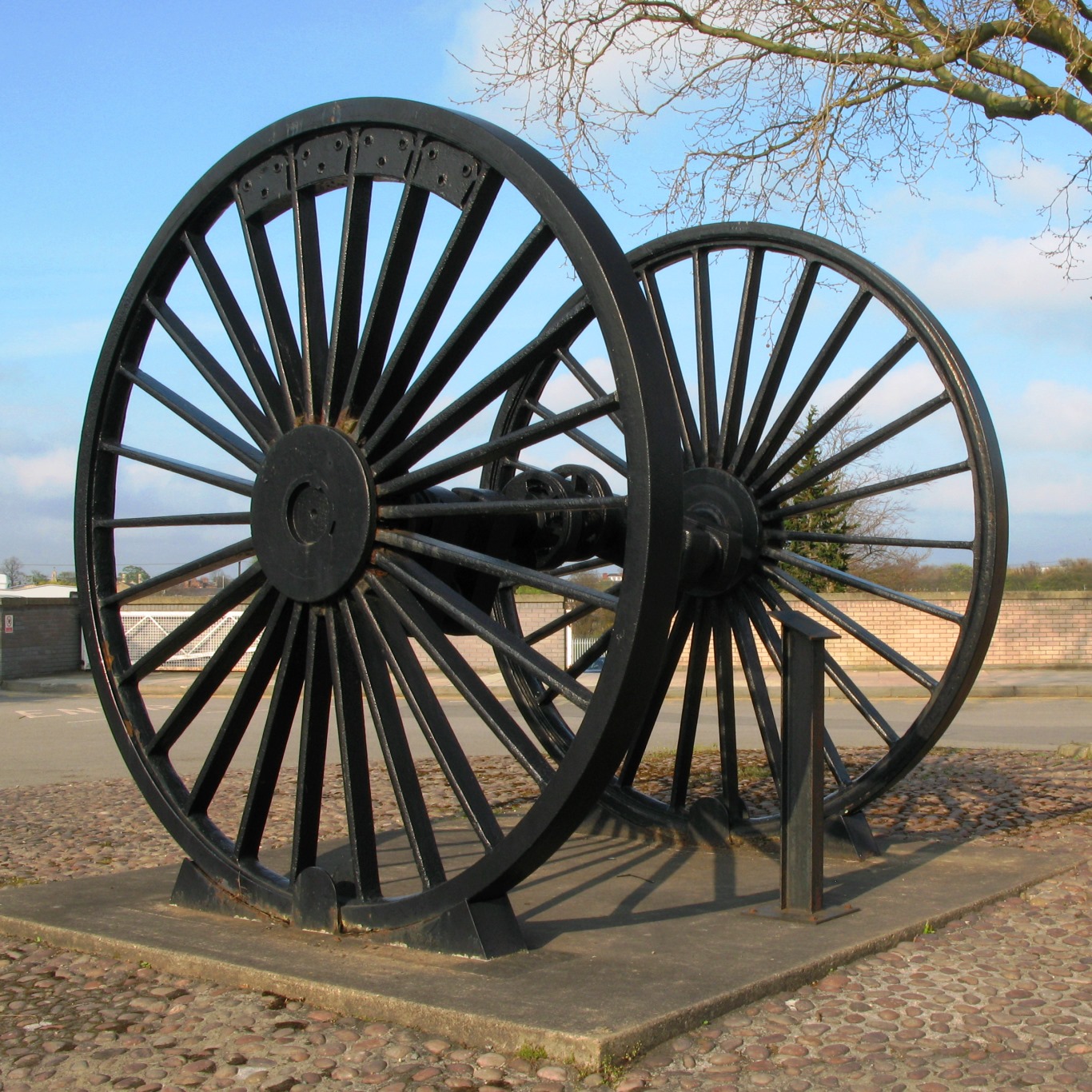Bristol and Exeter Railway 4-2-2 locomotives on:
[Wikipedia]
[Google]
[Amazon]
 The 20 Bristol and Exeter Railway 4-2-2 locomotives were broad gauge
The 20 Bristol and Exeter Railway 4-2-2 locomotives were broad gauge
 The 20 Bristol and Exeter Railway 4-2-2 locomotives were broad gauge
The 20 Bristol and Exeter Railway 4-2-2 locomotives were broad gauge 4-2-2
Under the Whyte notation for the classification of steam locomotives, 4-2-2 represents the wheel arrangement of four leading wheels on two axles, two powered driving wheels on one axle, and two trailing wheels on one axle.
Other equivalent class ...
express steam locomotives built for the Bristol and Exeter Railway by the Stothert and Slaughter in Bristol
Bristol () is a city, ceremonial county and unitary authority in England. Situated on the River Avon, it is bordered by the ceremonial counties of Gloucestershire to the north and Somerset to the south. Bristol is the most populous city in ...
. The first entered service in 1849. The Bristol and Exeter Railway was amalgamated into the Great Western Railway on 1 January 1876 and eight 4-2-2s survived at this time, the last being withdrawn in 1889.
Three of the infamous 4-2-4T
Under the Whyte notation for the classification of steam locomotives, represents the wheel arrangement of four leading wheels on two axles, two powered driving wheels on one axle, and four trailing wheels on two axles. This type of locomotive is ...
locomotives were rebuilt by the Great Western Railway in 1877 as 4-2-2 tender locomotives.
List of locomotives
1849 batch
The Bristol and Exeter Railway's first express passenger locomotives, similar in appearance to theGWR Iron Duke Class
The Great Western Railway Iron Duke Class 4-2-2 was a class of broad gauge steam locomotives for express passenger train work.
History
The prototype locomotive, ''Great Western'', was built as a 2-2-2 locomotive in April 1846, but was soon ...
.
* 1 (1849 – 1875)
* 2 (1849 – 1872)
* 3 (1849 – 1874)
* 4 (1849 – 1871)
* 5 (1849 – 1871)
* 6 (1849 – 1870)
* 7 (1849 – 1885) GWR No. 2007
* 8 (1849 – 1872)
* 9 (1849 – 1889) GWR No. 2008
* 10 (1849 – 1888) GWR No. 2009
* 11 (1849 – 1874)
* 12 (1849 – 1862)
* 13 (1849 – 1878) GWR No. 2010
* 14 (1849 – 1870)
* 15 (1849 – 1888) GWR No. 2011
* 16 (1849 – 1875)
* 17 (1849 – 1885) GWR No. 2012
* 18 (1849 – 1880) GWR No. 2013
* 19 (1849 – 1888) GWR No. 2014
* 20 (1849 – 1874)
GWR 4-2-2 rebuilds
Following rebuilding as 4-2-2 tender locomotives at Swindon, the three remaining 8 feet 10 inch 4-2-4T locomotives had slightly smaller 8 feet diameter driving wheels and worked alongside the rigid-framed GWR Rover class and the remaining 1849-built ex-Bristol and Exeter Railway 4-2-2 locomotives on express passenger trains. * 2001 (1877 – 1889) ''Previously B&ER 42/GWR 2004)'' * 2002 (1877 – 1890) * 2003 (1877 – 1884)References
* * {{BER Locomotives Broad gauge (7 feet) railway locomotives 4-2-2 locomotives Bristol and Exeter Railway locomotives Avonside locomotives Railway locomotives introduced in 1849 Scrapped locomotives